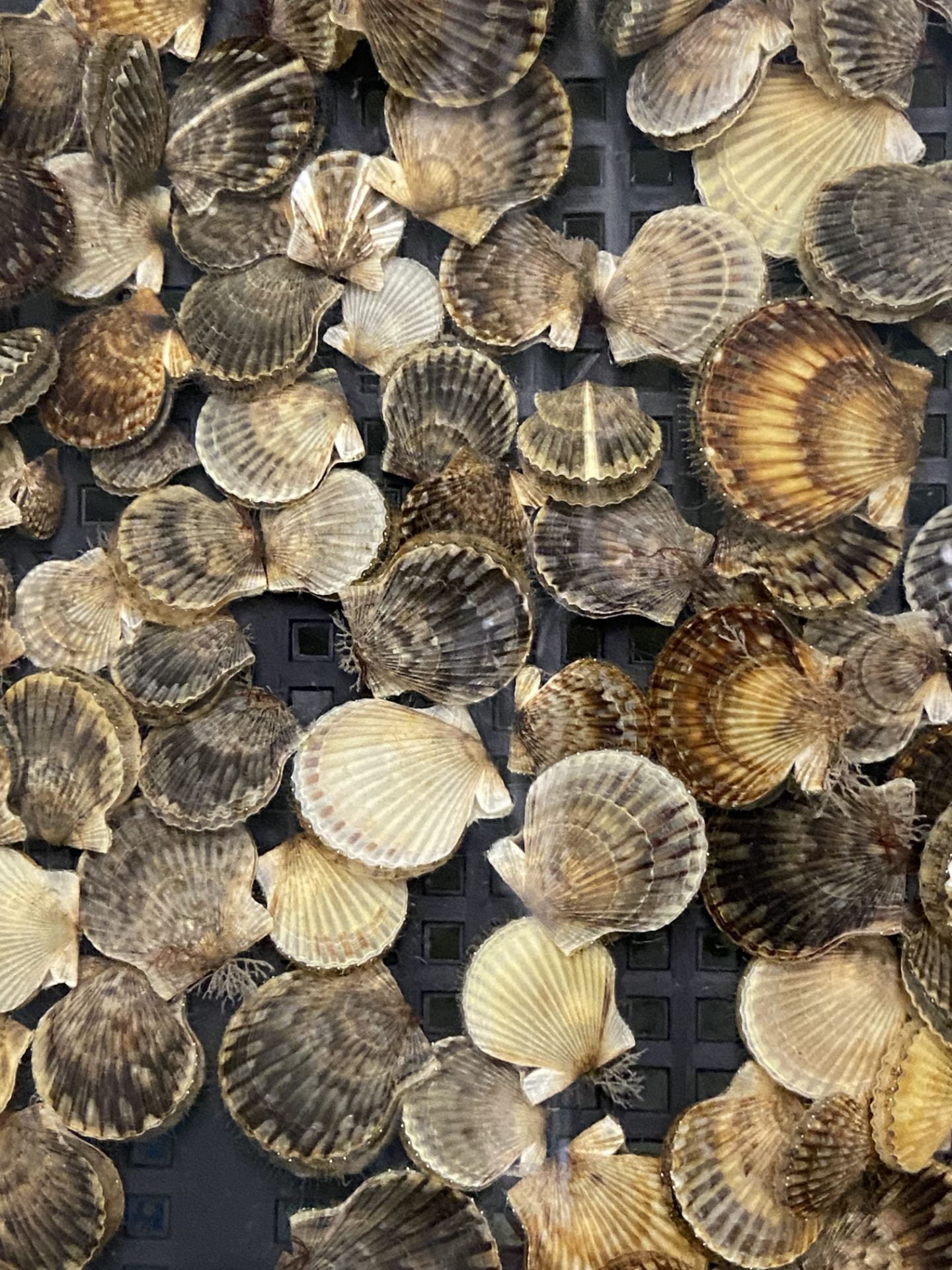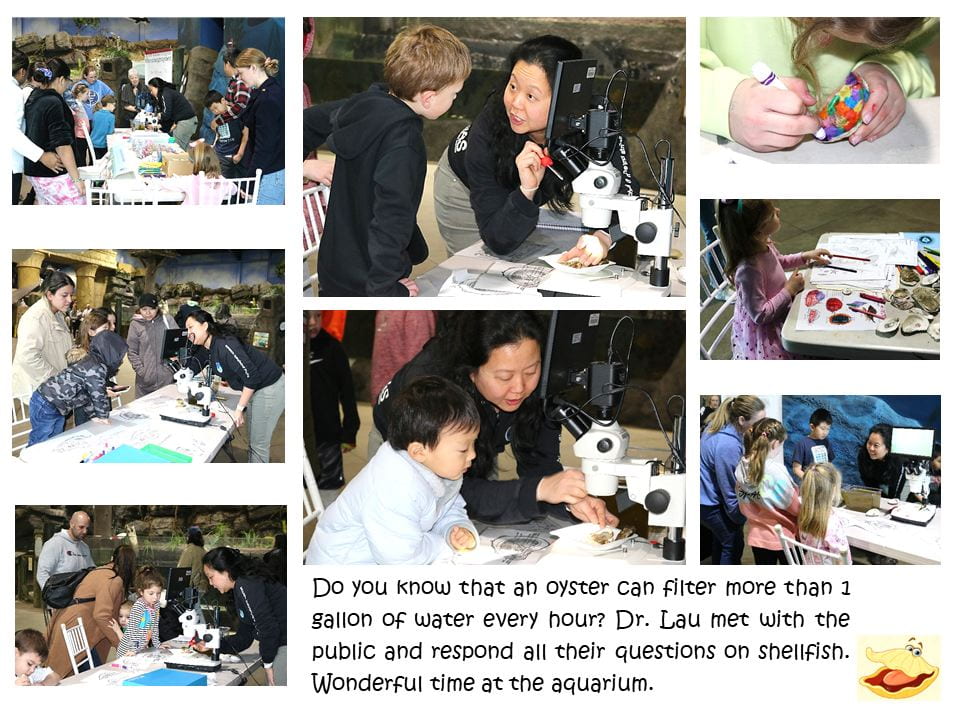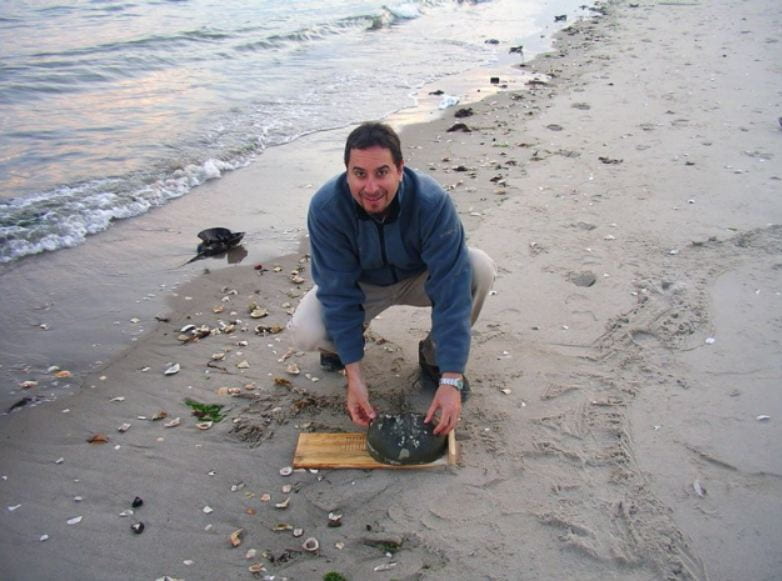June 1st, 2024 – Choosing Fish Wisely
Maureen Murphy, Stony Brook University. The story of mercury in the environment is complex. But the story is also fascinating in that mercury is a naturally occurring element. The story includes intriguing science on how mercury enters into the ecosystem and how it is transformed to more toxic forms by microorganisms, how it biomagnifies in the food chain, how that translates to levels of methylmercury in different fish species, and ultimately how it ends up inside of us. Meet with the project coordinator of The Gelfond Fund for Mercury Research & Outreach and learn about mercury cycles.







